Proper water pressure is extremely important for most of our requirements with respect to handling a host of equipment. In fact, an appropriate pressure of water is essential for your health as well. But, how to check water pressure without a gauge? You may want to check the water pressure at your home, and you do not have access to a pressure gauge. How would you resolve the issue?
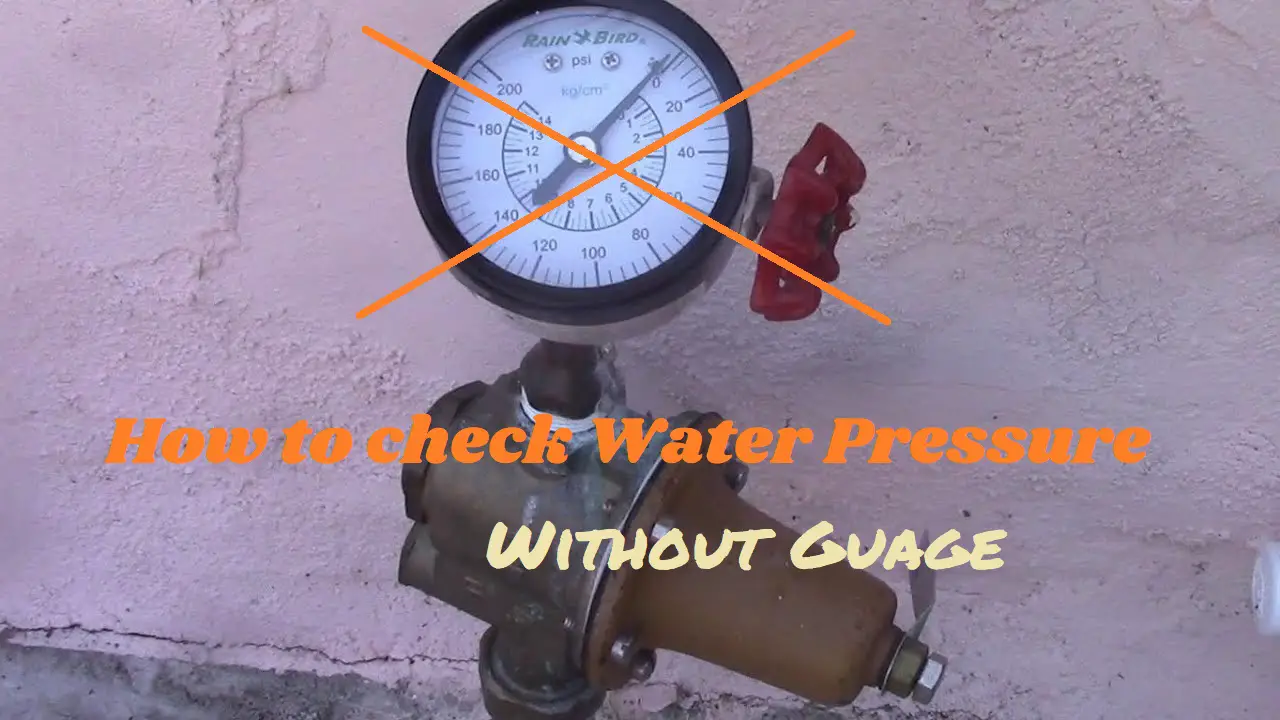
Why do you need to test water pressure?
Well, you need a proper and exact water pressure for the optimum functioning of your water-related equipment. Too low a pressure can translate itself into a whole lot of time taken for your showers and taps to provide enough water.
If your water pressure is too much, it may not be the right option for your pipes and other elements. Your appliances and pipes may get damaged because of the high water pressure. It can further cause more massive leaks and other possible damages.
There are other requirements where you are checking out the options to check the water pressure using the real-world conditions. There are a few methods that should help you get access to the best options on how to check water pressure without a gauge. Let us explore a few of them today.
How to check water pressure without a gauge?
A pressure gauge is a right and perfect option to test the water pressure at your home or anywhere else for that matter. However, there are situations where you do not have access to a pressure gauge or any other similar equipment.
Let us check out a few options that would be handy enough in measuring the water pressure without a gauge.
Method 1
This method will need you to have access to a garden hose and a measuring tape. We will use it to measure the elevation of the water and use it to calculate the approximate water pressure.
Follow the steps here carefully:
- Attach the water hose to the outdoor water outlet.
- Turn it on so that the water begins coming out of the water hose.
- Raise the hose up as much as possible.
- Keep raising it until the water stops coming out of the water hose.
- Next, measure the elevation between the hose end and the water faucet. Do note that you need to measure in feet.
This will give you the water pressure in water feet. Note this elevation or water pressure down.
Divide this elevation in water feet by 2.31. This is a formula that will help you convert water-feet into pounds per square inch. This would provide you access to the water pressure in PSI or pounds per square inch.
Please note that this would be the approximate water pressure.
Method 2
This method would need you to use a measuring jug and a timer. It will be used to measure the amount of water and the time taken to fill it up. You will further perform a few calculations and arrive at the approximate water pressure.
Follow the steps here carefully:
- Get a one or two-litre jug. Do note that the jug should have clearly inscribed measurements to help you measure the volume of water.
- Set the timer for six seconds on your timer. You can use the timer feature on your smartphone for the purpose.
- Make sure you have set the time exactly when you begin filling the water into the jug.
- Stop filling exactly when the timer goes off.
- Measure the volume of water in the jug.
Multiply the volume of water inside the jug by 10. This will help you calculate the volume of water collected in a minute.
If the measurement is below 10 litres per minute, it would be a low-pressure scenario. A volume per minute between 10 to 15 will be a good enough pressure, and anything that goes above 15 litre per minute should be the best option for the perfect water pressure.
Please note that the method gives you access to the volume of water filled per minute and not water pressure.
Method 3
This method will require you to use a bucket. We will use the water flow rate for calculating the water pressure. This should ideally help you in your query on how to check water pressure without a gauge.
Check out the following steps for the best results:
- Turn off all the faucets in your home. While you are testing your water flow rate, make sure you have turned off all the faucets, spigots, and all the appliances that use water. This will include the dishwashers and washing machines, to name a few.
- Choose a water faucet closer to your main water supply. This will help you get access to an accurate water flow rate and water pressure.
- Choose a faucet that does not have any sort of restrictions with respect to the water pressure or flow rate.
- Place a bucket that measures one gallon below the faucet.
- Fill the bucket and time it using a timer. You can use a standalone timer or the timer function on your smartphone.
You will arrive at the time taken to fill one gallon of water. Calculate the gallons per minute flow rate.
If your water flow rate is more than six gallons per minute, it will man your water pressure is too high. You would need to get a water regulator installed to regulate the pressure. Too high pressure can translate into a premature failure of your appliances and faucets.
How to test water pressure for the shower?
Well, that was how to check water pressure without a gauge. But, what if you are looking for the options on how to test water pressure for the shower?
Water pressure in a shower is quite essential for a proper showering experience. The pleasure of having a clean and hot shower is indeed a great option in many ways. But, if the pressure is not ideal enough, your shower experience will be immensely affected. If you do not want to be frustrated when taking a shower, it may be necessary to check the water pressure and apply remedial measures depending on the exact needs.
Here is an easy option for how to test water pressure for the shower. The method would be similar to the one we have already used in the above example–
- Take a one or two litre measuring jar.
- Turn on the shower that you want to measure the pressure for.
- Use a timer to measure the time taken to fill the water.
You can use a timer to calculate the time taken to fill a particular volume of water. Convert it to litres per minute as we had done in the case of water faucet in the previous example. The minimum water pressure should be a minimum of 10 litres per minute. If you find a flow rate below that, it may be practical enough to check the resolutions to fix the issues.
What Can Cause Low water pressure?
Now that we are checking out the options on how to check water pressure without a gauge, why not understand the exact issues that are likely to cause the low pressure? That way, you would be able to resolve the low water pressure issues and resolve your water worries effectively.
The low water pressure can affect you in more than one way. It may affect one or two of your faucets or fixtures. It may also affect your main water supply. If it affects only a single fixture, it may be a good idea to check and concentrate on the single fixture. On the other hand, if it is on the entire system, it may take a while in understanding and resolving the issue.
Some common causes that can cause low water pressure would include
-
Heavy demand for water
If your home has too many fixtures, it would put a lot of pressure on the water supply and can cause low pressure. You can perhaps resolve the issue if you are careful enough with the right coordination between the multiple fixtures and plumbing.
-
Faults in the Fixtures
Showerheads, faucets, and spigots can have an issue in them and have begun malfunctioning. One of the common issues that you may come across would be a faulty fixture or even a clogged system. It can clog due to various reasons that would include rusting. You can consider cleaning them up with aerators or screening.
-
Malfunctioning pressure regulator
The pressure regulators are designed to help you maintain and regulate the water and its pressure throughout your home. A broken or malfunctioning pressure regulator can cause the water pressure to either go or down.
-
Clogging inside the pipes
This is one of the most common issues that may affect you and cause severe blockage in your plumbing system. You will either need to clean the pipes or if not possible, replace them. Your entire system may need replacement if you do not take enough care to address each of them carefully just in time.
The Closing Thoughts
The right water pressure is something that most of us do not pay attention to until it actually hits us. And when it hits us, it can indeed be a huge problem. Especially if you are living on the upper floors of an apartment. Taking proper care in time should help you take enough care and resolve the water pressure issues. That is why we tried focussing on how to check water pressure without a gauge. The tutorial here on how to check water pressure without a gauge and how to test water pressure for the shower should ideally help you achieve the best results ever in checking the water pressure in your home and find which of the fixtures need to be addressed.

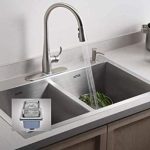
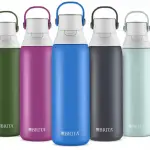
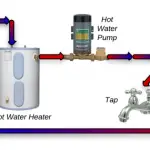
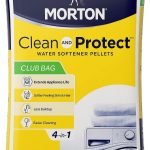
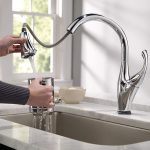





In Method 3 at the end it says “You will arrive at the time taken to fill one gallon of water. Calculate the gallons per minute flow rate. ” What is the mathematical formula used?
Hi Michael!
To answer your query, let the time taken to fill one gallon of water X minutes.
Then flow rate per minute would be 1/X…
To add an example to this answer:
If it takes half a minute to fill one gallon then your “gallons per minute flow rate” would by one over half which equals two. If on the other hand it took long time, say 3 minutes, then your “gallons per minute flow rate” would be one over three which equlas one third.
Excellent article. Example one is what I needed.
Thank you